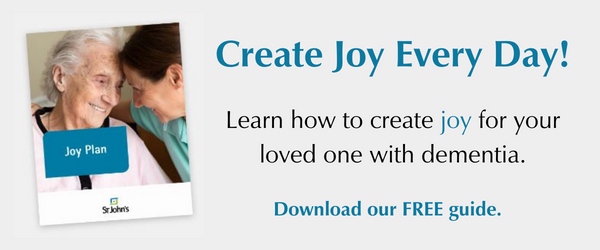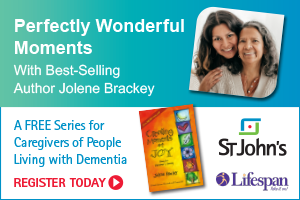Each person’s life story is important. Stories connect the past and present to the future. They are the way we make sense of our lives and help us form connections with others. What happens, then, to individuals with Alzheimer’s disease or other forms of dementia, as their disease progresses and communication challenges and memory loss complicate their ability to recall the challenges, mistakes, failures, pain, and setbacks, as well as the joys, successes and victories inherent in their life story? What if they cannot share with family members and other care givers their past life experiences so that daily life today is more rich and meaningful?
Why Life Stories for Dementia Care
The use of life story work has historically been an important tool in care settings to help care staff working with individuals with vascular dementia or another form of dementia. As communication issues arise and memory loss progresses for the person with dementia, the life story acts as a record of the important aspects of a person’s bio such as their background, interests, and who and what is important to the older person so that better care can be provided. Creating life stories together with your loved one at home, before disease progression limits the ability of the person with dementia to document his/her own story, can be an effective form of reminiscence therapy and a rewarding, good practice for family caregivers.
What is a Life Story
The life story is essentially a record of a person’s life history and does not necessarily need to be a physical document. A memory box or memory book, photo album, or simply a record of some aspects of their life can be an effective format to help document past life events and to present the personal biography of a person with dementia. Some common forms of life story formats are:
- Books
- Photo Collages or Boxes
- Video or audio recordings
- Apps
- One-page profile documents
- Reminiscent book or file of memory triggers
How to Create a Life Story
It is an important aspect of life story creation to involve the person with dementia as much as possible no matter the type of dementia. It can have positive effects for both you and your loved one. There are different ways to gather important information and various topics to consider when developing a person’s life story. Some of the elements include: basic information (name, age, address, etc.); significant relationships with family and friends; childhood memories; working life; significant places and life events; likes and dislikes from their daily lives; general likes and dislikes and activities as noted from home care; and music/TV preferences that evoke happy memories.
An easy way to do this is to sit down with your loved one and gather answers to a select list of pre-planned questions (as a starting point), working at the pace and timeline of the person with Alzheimer’s disease. The Crisis Prevention Institute offers a downloadable questionnaire that might be helpful. St. John’s has also developed a tool called a Joy Plan with similarities to a life story, that at home care givers can create at home.






